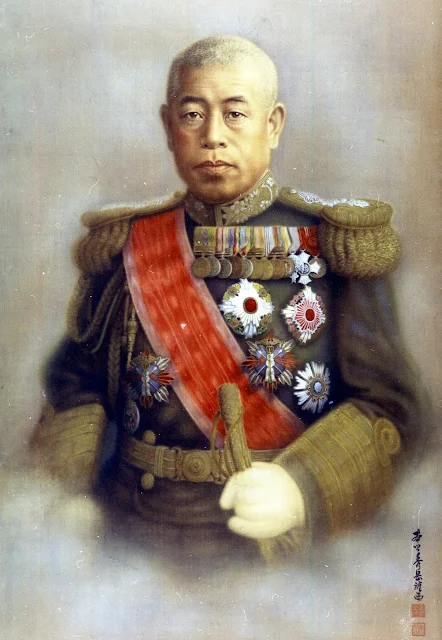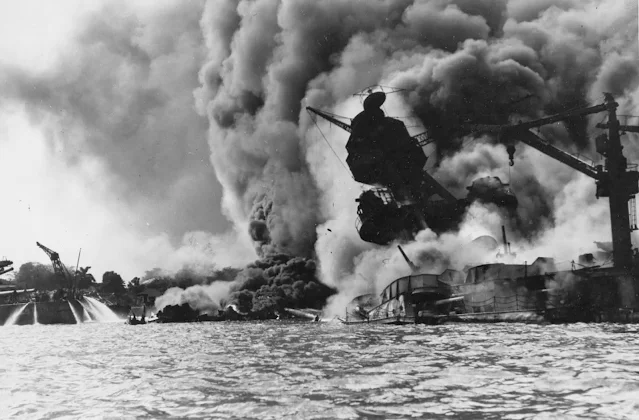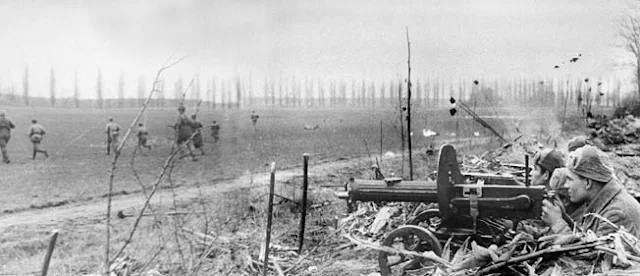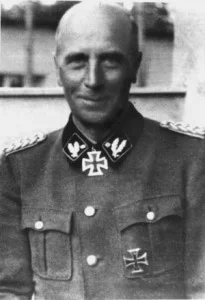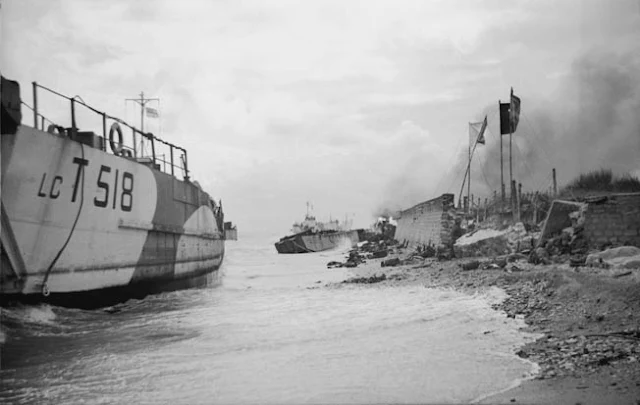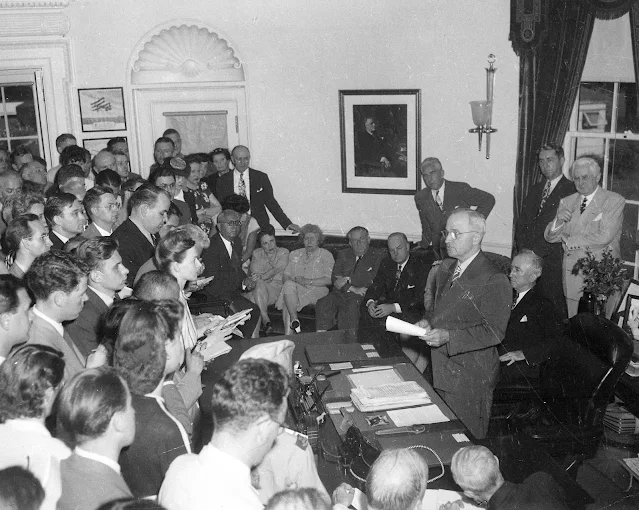by Francis Casselman
I am a “square.” I believe in paying my bills, am often found in church on Sunday, and regard with amazement the capers which some young people hail as the incoming tide of social ethics.
I mention these incidentals to introduce an argument: the proposition that the dropping of the atomic bomb was not the greatest crime of our century. Most of the humanitarians who argue that it was have one characteristic in common: the oldest of them was in diapers at the time the event occurred. I was not. I was at work in headquarters of the 21st Bomber Command on Guam when the first strike pictures of the obliteration of Hiroshima passed through our Quonset. I saw it then as an act of war, as a step towards the end for which the whole world was praying. And I see it that way today.
This much is exceptional about my point of view. I was born in Japan. Saito-san, who was my nurse, Hosano-san, who cared for my brother, and the gentle Japanese cook, willing to make-believe bargain with me for two pails of non-existent vegetables, are dim shapes in my memory. We lived in Sendai, a city later burned to the clay by the great B-29 raids of the war.
But to return to Guam. At the same time we hit Hiroshima we were preparing for the invasion of the home islands of Japan. Okinawa had been taken. There was only one direction to go-north.
On our island, comradeship between the Marines and the Air Force was infrequent, as always between the desk workers and the attack troops. And yet, some of us had bridged the gap. One of my tent-mates had a cousin, a Marine stationed nearby. Others of us had been riflemen before the Army transformed us into statisticians. So we talked, and we knew. The rumor was out—expect half a million casualties when American combat boots crunch the soil of Honshu. That was the whisper coming down the grapevine, and in those days we lived on rumors.
So there was the great fear among the combat men, the fear all brave men feel, and which the American fighting man is apt to conceal behind sardonic humor. The men did not like the word “casualties.” To them it meant a buddy with half of his jaw shot away, or a stub where a foot used to be, or a corpse, if enough flesh remained to make one. Only on television is a casualty a dimple where a bullet has passed harmlessly through, leaving a scar to show the kids.
I do not know where the casualty figure came from. Perhaps it was not true, but other figures were true. At Saipan we accepted 16,000 casualties. On Okinawa 12,000 Americans died while they killed 110,000 Japanese. And finally there had been Iwo Jima, eight square miles of it, where we counted 20,960 Americans bloodied and stricken while their buddies blasted the defenders out of a network of concrete caves. The Japanese soldier was good in the only sense that any battlefield warrior is really good: At the death he was a snarling, killing animal. I cannot explain it better than this. Americans were ready to invade, and they knew that a great many of them would die.
President Truman knew it, too. He knew more. One person in all the world might halt this bloodletting: Emperor Hirohito, worshipped as a god, had the will, if a way could be found to override the war lords around him. The president did not hesitate. His orders went out, and Hiroshima died with almost 80,000 of its people. Three days later, when cables sent back and forth had failed, Nagasaki paid with 40,000 dead, and another 60,000 injured. There it ended.
Were we inhuman in what we did? We sacrificed 120,000 people, and saved countless times that many more. Most of those granted their lives were Americans. To apologize for that would be the purest kind of hogwash. We were at war. Our object was to destroy our enemies before they killed us. Those were the rules, ratified at Pearl Harbor, where 2,000 American sailors rot forever in the steel coffins of their shattered battle wagons.
The breast-beaters groan about all this destruction by just two bombs, dropped from two airplanes. I find this argument pointless. In Tokyo, on 9-10 March 1945, we firebombed and destroyed 97,000 people, and wounded 125,000 others. On that occasion the full strength of the 20th Air Force struck down on the tortured city-and that is the only difference, just the variation in the number of planes thrown in.
Additionally, the idea that the United States was the only country in possession of nuclear knowledge in 1945 is false. Two years before the first trial of an atomic bomb at Yucca Flats in Nevada, British agents had detected a factory in Norway, which had set up and was in the process of manufacturing a substance called “heavy water.” Heavy water has the chemical property of carrying in its makeup an unstable hydrogen atom, and Hitler’s scientists knew it. They were far down the trail which our own country had also chosen to travel. We beat them to it, largely because Hitler’s paranoiac intuition switched him away from a super-high explosive, and into the manufacture of rockets, which he later loosed against England. The world came that close to hatching two nuclear powers at the same time. And make no mistake as to what Hitler would have done with his thunderbolt if he had achieved it.
And so to me, and a lot of people like me, the dropping of two atomic bombs was a legitimate exercise of overpowering force, used to win a war. The nuclear door had already swung open. The fact that we were the first to go through it could never close it again.



